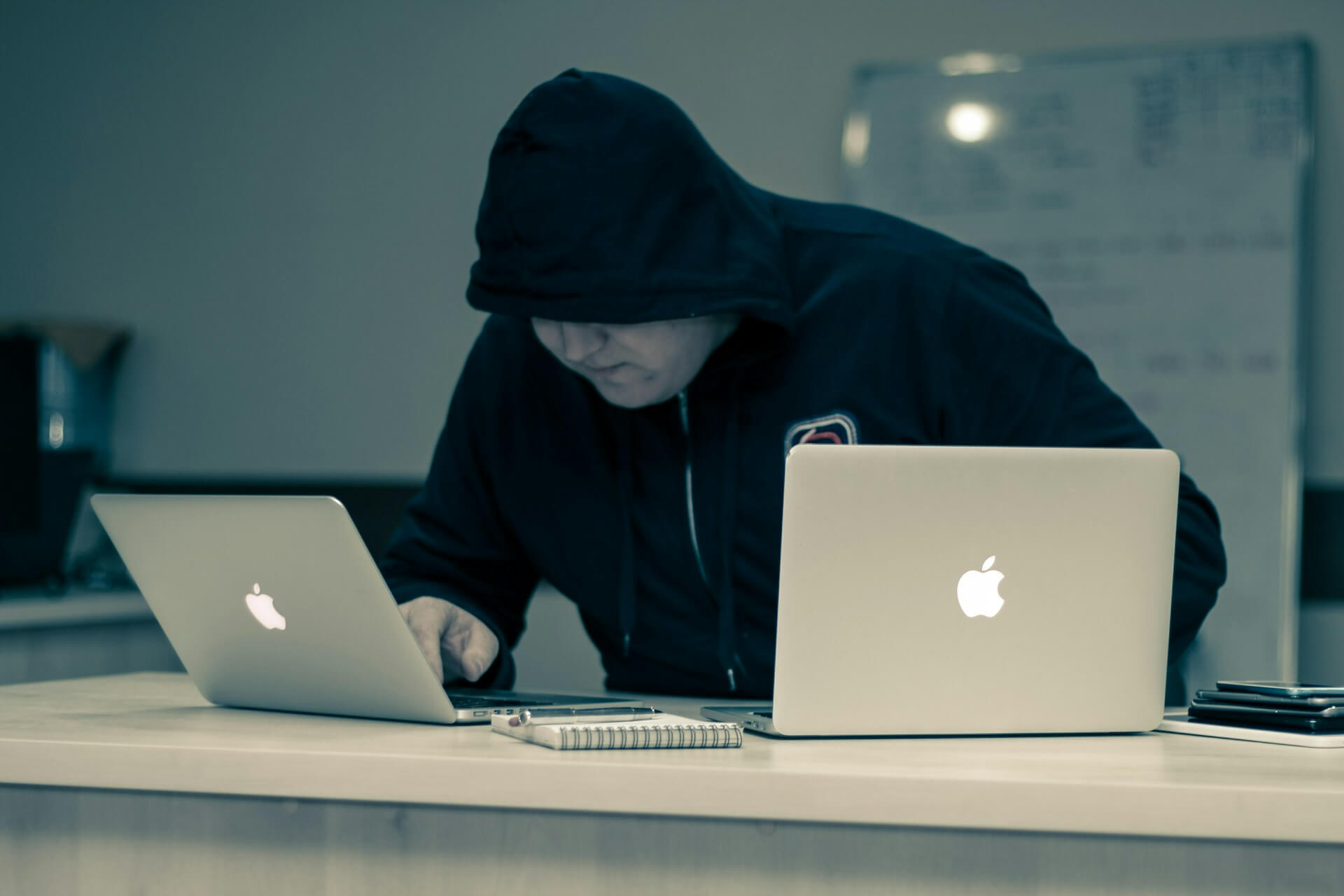Just about everything we do nowadays is online. We buy things online, post photos, email, and download software. All of that leaves behind bits of information—such as your name, email address, and even where you live.
Some businesses use this information to improve their services. Other businesses might sell your information or use it in ways that you never thought possible. That is why protecting your online privacy is so important.
The good news is that you don’t need to be a techno geek to protect your information. Below are easy tips that anyone can use to keep their personal information secure.
🔑 Select Strong, Unusual Passwords
One of the simplest things you can do to lock down your accounts is to use good passwords. A good password should contain a mix of uppercase and lowercase letters, numbers, and symbols.
Why it matters:
If you’re using the same password for each of your accounts, and someone discovers it, then they can access all of them. That can result in stolen money or personal data.
Quick tip:
Give it a shot with a password manager. This is software that creates and stores safe passwords on your behalf. Utilities like LastPass and 1Password are good options.
🕵️♀️ Monitor What You Share
It’s just human nature to share photos or updates with friends or family. But wait and ask yourself first: Would I be comfortable with a stranger viewing this?
Examples of things you should not do online:
- Your home address
- Your telephone number
- Information regarding when you are on holiday
- Personal identification documents like your school documents or ID
Keeping this data confidential keeps you safe from identity theft and from fraud.
🔒 Turn On Two-Factor Authentication
Two-factor authentication (2FA) provides additional security on your accounts. When you sign in, you will type in your password like normal. Then the website will prompt you to provide a second code that has been sent to your email or phone.
Why it works: Even when someone else learns your password, they cannot use it to access your account because of the second code.
All major websites and applications, including Gmail, Facebook, and Instagram, enable you to turn on two-factor authentication through the settings. It might take just a few minutes to do so.
🌐 Use Secure Wi-Fi
Public Wi-Fi—like an airport or coffee shop network—is risky. Hackers might be sitting on the same network and observing what you’re doing on the internet.
To stay safe:
- Do not log on to sensitive accounts (like internet banking) on public WiFi.
- If you must use it, just use a VPN (Virtual Private Network). A VPN hides your web use so others cannot see it.
Some popular VPN providers are NordVPN and ExpressVPN. They all have free trials or an affordable plan.
📝 Update Your Devices and Apps
It is annoying when your phone compels you to download software updates, but the updates have security patches for security vulnerabilities. Hackers can find ways to get into your devices if you fail to update your devices and applications.
Make it a habit
- Allow your phone and computer to update automatically.
- Maintain your Web browser up-to-date.
- Remove apps that you do not use.
This protects your devices with less hassle.
🧠 Watch Out for Phishing
Phishing is when a person tries to make you provide them with your personal information by posing as an actual company.
How to recognize phishing:
- The email or message has several spelling mistakes.
- The sender’s address appears unusual (such as “support@paypal-secure123.com”).
- It instructs you to click a link and enter your password.
If you are not sure, don’t click on the link. Simply check on the company site or call their support line.
🌟 Last Words
You don’t have to be a computer whiz to protect your information online. Simply taking some simple precautions—like having decent passwords, turning on two-factor authentication, and being careful about what you share—is all that’s required.
Take a few minutes today to review your settings and update your passwords. You’ll be happy to know your information is safer.
Which of these privacy tips will you try first? Write here!


